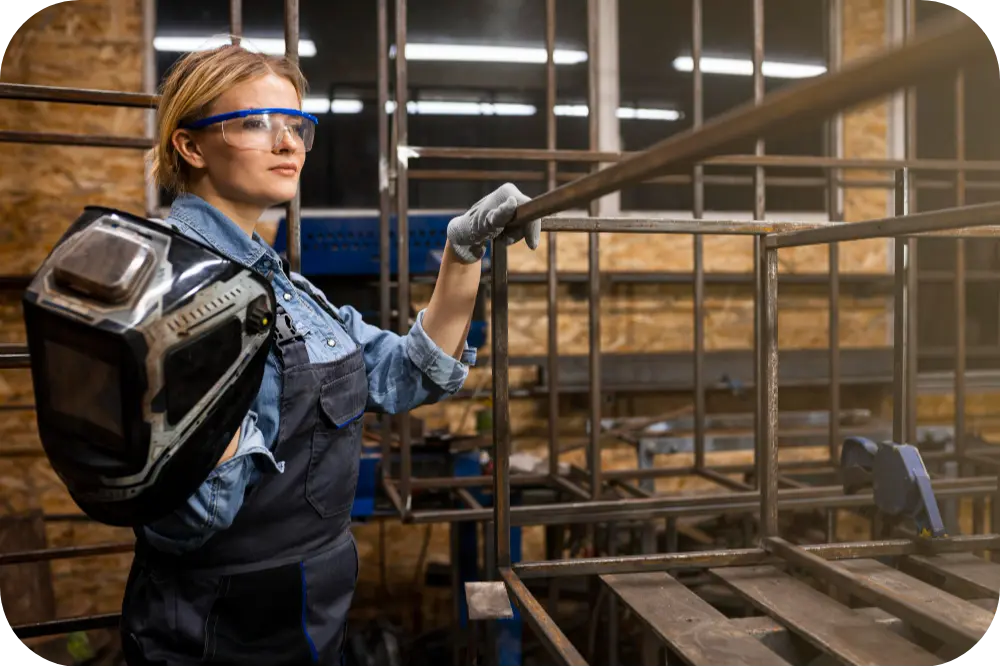MIG and MAG welding, often grouped under GMAW (Gas Metal Arc Welding), are two of the most widely used arc welding processes in today’s fabrication industry.
The Welding Institute (TWI) has published in-depth training and procedural guidelines around these methods — confirming their status as go-to techniques for efficiency and structural strength.
What is MIG Welding?
Metal Inert Gas (MIG) welding uses a consumable wire electrode and inert shielding gas, such as pure argon.
Advantages:
- Easy to learn
- Clean welds with minimal post-processing
- High speed, especially on thin metals
Ideal For:
- Automotive panels
- HVAC systems
- Metal enclosures and light frames
What is MAG Welding?
Metal Active Gas (MAG) welding uses CO₂ or mixed gas with active properties — enhancing arc penetration and weld strength.
Advantages:
- Higher productivity for thick sections
- Better penetration and fusion
- Great for robotic or automated setups
Ideal For:
- Structural steel
- Heavy machinery
- Ship decks and hull fabrication
TWI's Role in MIG/MAG Advancement
The Welding Institute (TWI) plays a critical role in:
- Defining GMAW parameters and safety protocols
- Conducting training and welder certification
- Researching advanced shielding gas blends and wire selection
Many of the procedures used by European and global fabricators are based on TWI research and practical studies.
MIG vs MAG: Key Decision Factors
- Use MIG for clean, low-spatter welds on thin metals and aluminum.
- Use MAG for heavy-duty structural welds with active gas penetration.
- Both can be automated and used for multi-pass or positional welding.
Hire Certified MIG/MAG Welders
At Navis International, we deploy EU-qualified MIG and MAG welders with hands-on experience in shipbuilding, rail, industrial manufacturing, and civil steelwork.
Need advice on which process fits your project? Reach out — we’ll match you with the right professionals.
